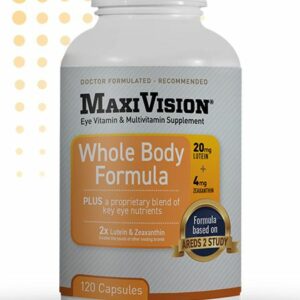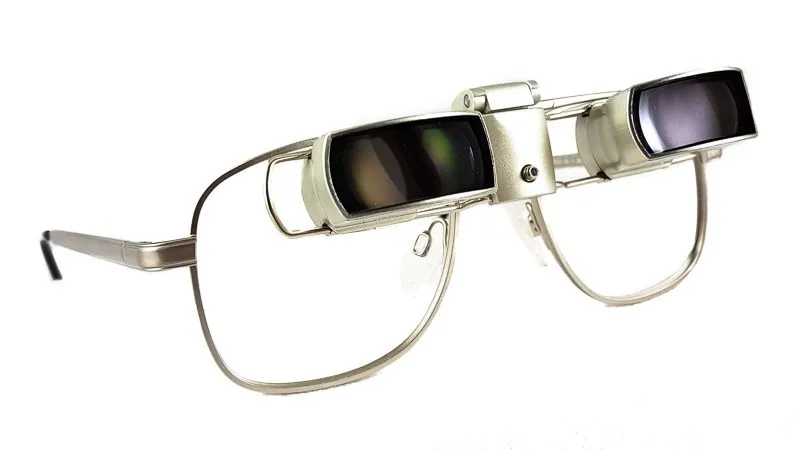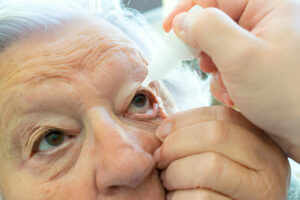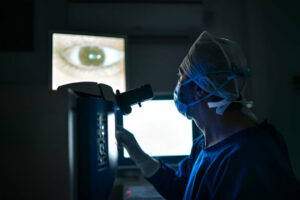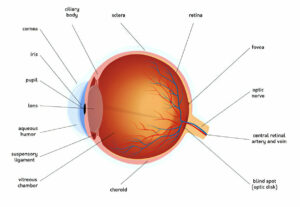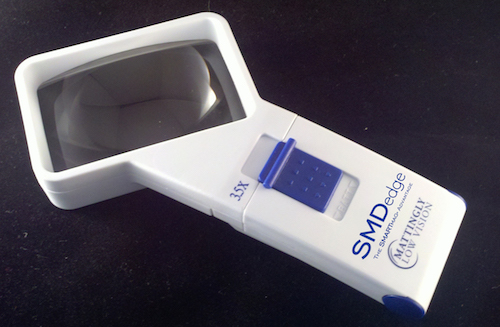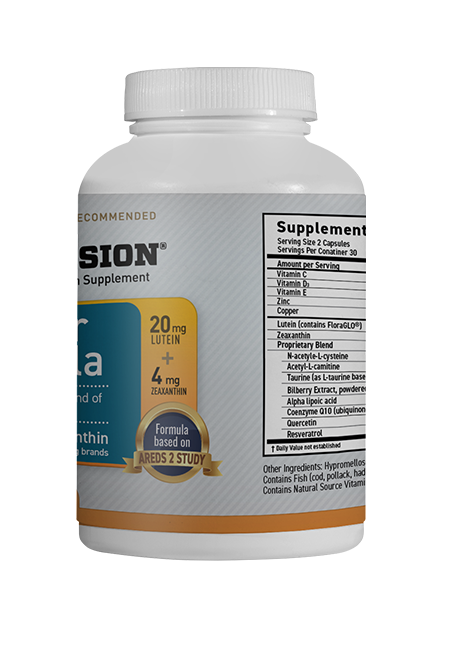
Eyelid issues are a common complaint and may lead to discomfort, redness and impaired vision. They are usually signs of another health problem and can be treated through medication or surgery.
Styes and chalazion are painful conditions caused when oil glands at the base of eyelashes become blocked, often responding well to warm compresses, ointments or surgery as treatments.
Blepharitis
Blepharitis is an eyelid margin condition in which oil glands become blocked or overactive, leading to red and flaky skin around your eyes. If left untreated, blepharitis can also lead to eye irritation such as chalazion or corneal infections; but don’t worry; it isn’t contagious and usually goes away on its own with home care and medications.
Over-the-counter artificial tears may help ease the dryness associated with this condition, while prescription ointment containing mild antibiotics may help fight off bacteria that is responsible for it and reduce your symptoms. Your doctor may advise stopping wearing contact lenses temporarily while taking these medications.
An alternative way to relieve itching and discomfort caused by blepharitis is applying a warm flannel soaked with water for approximately 10 minutes once daily over your eyes for about ten minutes, relieving any itching, discomfort, unblocking any blocked glands as well as soothing any blocked nerves. You may also purchase reusable heat bags designed specifically to be placed over the eye that retain the warmth longer from most pharmacies and opticians.
If your blepharitis is caused by Demodex mites, your doctor may suggest using a cleanser with tea tree oil twice daily to smother them and ease any itching and burning you may experience. They may also advise cleaning lids multiple times each day and forgoing mascara and other makeup while on this course of treatment in order to maximize results.
If your case of blepharitis doesn’t respond to treatment, your eye doctor might recommend short course of topical steroids to control inflammation and restore normal meibomian gland function, or provide detailed cleaning of eyelid edges using BlephEx or Lipiflow systems to remove crusts and stimulate normal gland activity – this might take multiple sessions before reaching desired results. It is imperative that this form of blepharitis be completely treated, otherwise infections elsewhere on your body or scarring of cornea could result.
Hordeola/Stye
Styes are acute, painful eyelid infections caused by Staphylococcus bacteria and typically present as red, sore lumps near the edge of eyelid. Stye formation may occur at either an eyelash follicle base (external stye) or one of several meibomian glands in the eyelid itself (internal stye); both forms typically produce extreme local swelling with firm, firm consistency.
Styes form when oil glands become blocked, leading to an overgrowth of bacteria that forms an enlarged, pus-filled boil-like bump called a’stye’ that contains pus. Stye symptoms resemble pimples in their pain and redness; often developing into firm nodules known as points. Most styes resolve spontaneously within three or four days using warm compresses applied three to four times daily for 15 minutes for relief and rupture; otherwise an ophthalmologist will need to lance it under local anesthesia if required.
Blocked oil glands are typically caused by eye makeup or other contaminants that clog orifices in the lid, blocking orifices and creating blockages within glands. Over time, this can lead to buildups of oil within glands leading to infection and inflammation of follicles – leading to symptoms including painful, inflamed areas near eyelashes or inside lids as well as watery eyes, light sensitivity and skin swelling around them.
An optometrist or doctor can diagnose a stye by reviewing your medical history and performing an exam of the eyelid. They will often ask when you first noticed it and whether it has worsened since. Tests are seldom needed to confirm a stye diagnosis; an over-the-counter sulfamide or antibiotic ointment may be prescribed to reduce pain or irritation until your symptoms resolve themselves on their own within days; it’s advisable however, if symptoms such as increased eyelid tenderness or sudden loss of vision should seek medical advice immediately.
Ectropion
Ectropion is a condition affecting the lower eyelids that results in their inner surface turning outward, leaving the eyeball vulnerable to irritation and damage, as well as excessive tears that cannot drain away from its surface. Healthcare providers can diagnose ectropion by performing an eye exam; often no special tests are required for diagnosis.
Most patients suffering from ectropion require surgical treatment. The exact nature of this surgery will vary according to its cause: involutional (age-related) ectropion can typically be repaired through tightening muscle of lower eyelid under local anesthesia and light sedation; while cicatricial (skin related) ectropion often requires additional skin from cheek lift procedures to cover cicatricial ectropion more effectively and may involve more complex repairs.
Individuals suffering from ectropion may be at an increased risk for corneal ulcers and decreased tear production, symptoms that can be compounded by rubbing or pulling on eyelids, wearing contact lenses, surgery on either eyes or face, previous surgeries performed on either, using antibiotic medications and certain other medicines (particularly antibiotics).
A male patient of 83 years of age presented with red, painful eyes that produced excessive tears, difficulty closing them completely and feeling as if something were embedded within his eyeballs. Examination revealed medial, punctal and involutional ectropion as well as involutional ectropion which required correcting by tightening medial spindle tendon and lateral canthal tendon to resolve it and allow full and comfortable opening of both eyes post procedure.
If you suspect signs of a condition not discussed here, we welcome your call and look forward to meeting with you for an appointment. Our trained and compassionate staff is here to answer your questions; we look forward to speaking with you! Please be aware that a referral from your primary care provider must be secured prior to scheduling an appointment, which forms can be found under “For Your Patient” on this website; simply click on the link provided and download one now!
Ptosis
Ptosis (drooping of the eyelid), commonly referred to as “drooping”, affects children and adults of both genders and can range in severity. It often affects one or both eyes and results from either poorly developed elevator muscles that open eyelids (in children) or muscle separation in elderly individuals (aging adults). Most cases of Ptosis can be corrected with surgery that improves both its aesthetics and functionality – often improving both appearance and functionality simultaneously.
Occluding upper eyelids may seem like a minor concern at first, but over time it can quickly lead to impaired vision and other problems. Reading or driving becomes difficult, forcing individuals to tilt their head backward or raise eyebrows in an effort to see more clearly, which causes neck strain or headaches and diminishes confidence and self-image in individuals. Surgery may tighten muscle tighten or attach lid to brow more naturally for improved appearance – surgical interventions such as tightening muscles can improve self-image as well.
Ptosis in children poses the potential risk of vision issues if it becomes severe enough to completely block out their pupil, potentially leading to amblyopia – where one eye sees better than the other; astigmatism where blurry images may be perceived; and strabismus (crossed eyes).
Adults suffering from ptosis often develop it due to age-related stretching of their eyelid lifting muscle (the levator aponeurosis). Ptosis may also occur as a side effect following eye surgery or due to neurological or muscular diseases.
Surgeons employ various techniques to treat ptosis depending on patient needs and severity of cases. Before making treatment recommendations, doctors will perform an in-depth examination and may order blood or imaging studies before suggesting surgery to help lift muscles work more effectively; typically this procedure will be conducted under local anesthesia so patients can return home on the same day.
